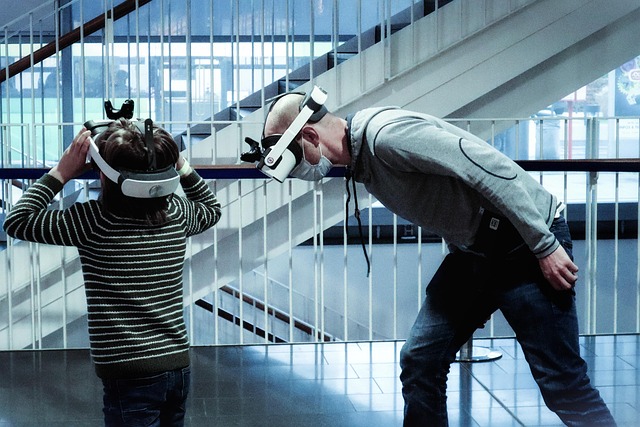
Exploring the Future: Virtual Prototype’s Impact on Virtual Reality, Augmented Reality, and Metaverse in Software Development
In the dynamic landscape of software development, virtual prototypes are emerging as a transformative force, particularly in the realms of virtual reality (VR), augmented reality (AR), and the metaverse. These technologies are not just trends; they represent a profound shift in how we conceptualize, design, and interact with digital environments.
Virtual Reality has revolutionized the way we experience digital content. By leveraging virtual prototypes, developers can create immersive environments that allow users to engage with simulations as if they were physically present. Imagine stepping into a fully realized 3D world where you can test ideas, evolve designs, and iterate feedback in real-time. This level of engagement not only enhances creativity but also drastically reduces the time and resources spent on traditional development processes.
On the other hand, Augmented Reality enhances our real-world experiences by overlaying digital information onto our physical surroundings. With virtual prototypes, developers can craft detailed AR experiences that blend seamlessly with the environment. For instance, imagine a user pointing their smartphone at a piece of furniture and seeing how it would look in their own living room using AR technology. This capability to visualize designs in real-world contexts empowers consumers and fosters an intuitive understanding of products that were once limited to two-dimensional screens.
The concept of the metaverse takes this a step further, combining VR, AR, and other technologies into a cohesive virtual universe. Within this expansive digital space, virtual prototypes play a crucial role. They enable developers to test social interactions, build complex ecosystems, and create immersive experiences that transcend mere entertainment. The metaverse is not just about gaming or social interaction; it’s about building a new economy, where digital assets, experiences, and communities thrive.
As we venture into this future, the implications of virtual prototypes in software development are profound. Developers are equipped with the tools to visualize ideas, test concepts interactively, and foster collaboration in ways that were previously unimaginable. The ability to manipulate and experience virtual designs paves the way for innovative solutions, greater user engagement, and more efficient workflows.
In this evolving digital landscape, the importance of embracing virtual prototypes cannot be overstated. They are at the forefront of a transformation that not only redefines how we create and develop but also how we connect and interact in virtual spaces. As VR, AR, and the metaverse continue to blend and evolve, the role of virtual prototypes will undoubtedly shape the future of software development in ways we are just beginning to comprehend.



